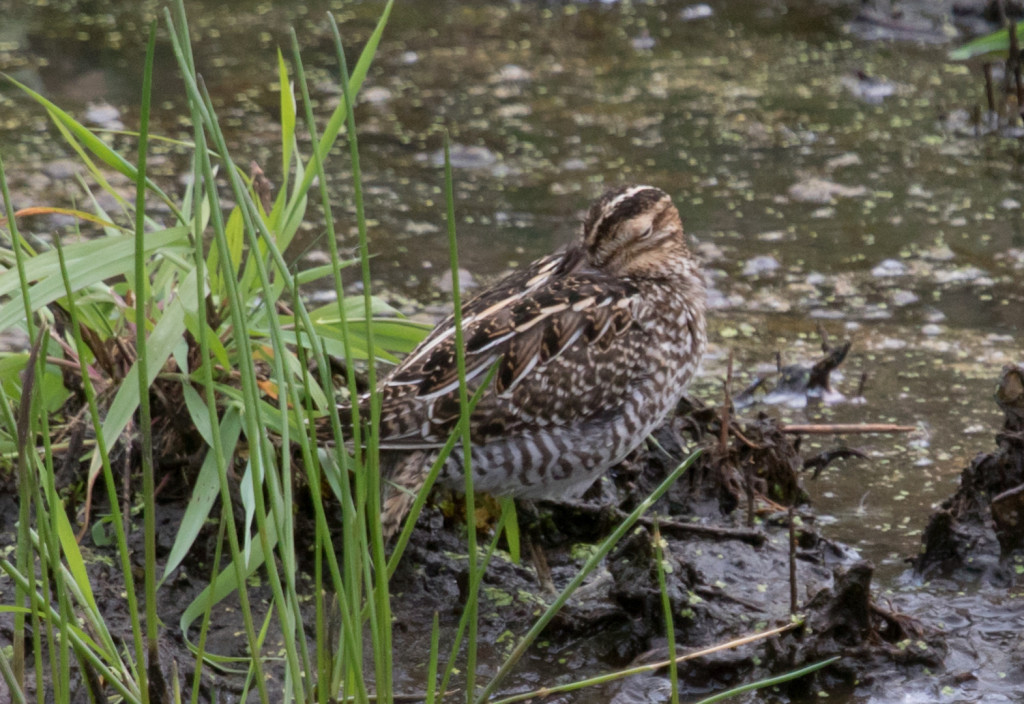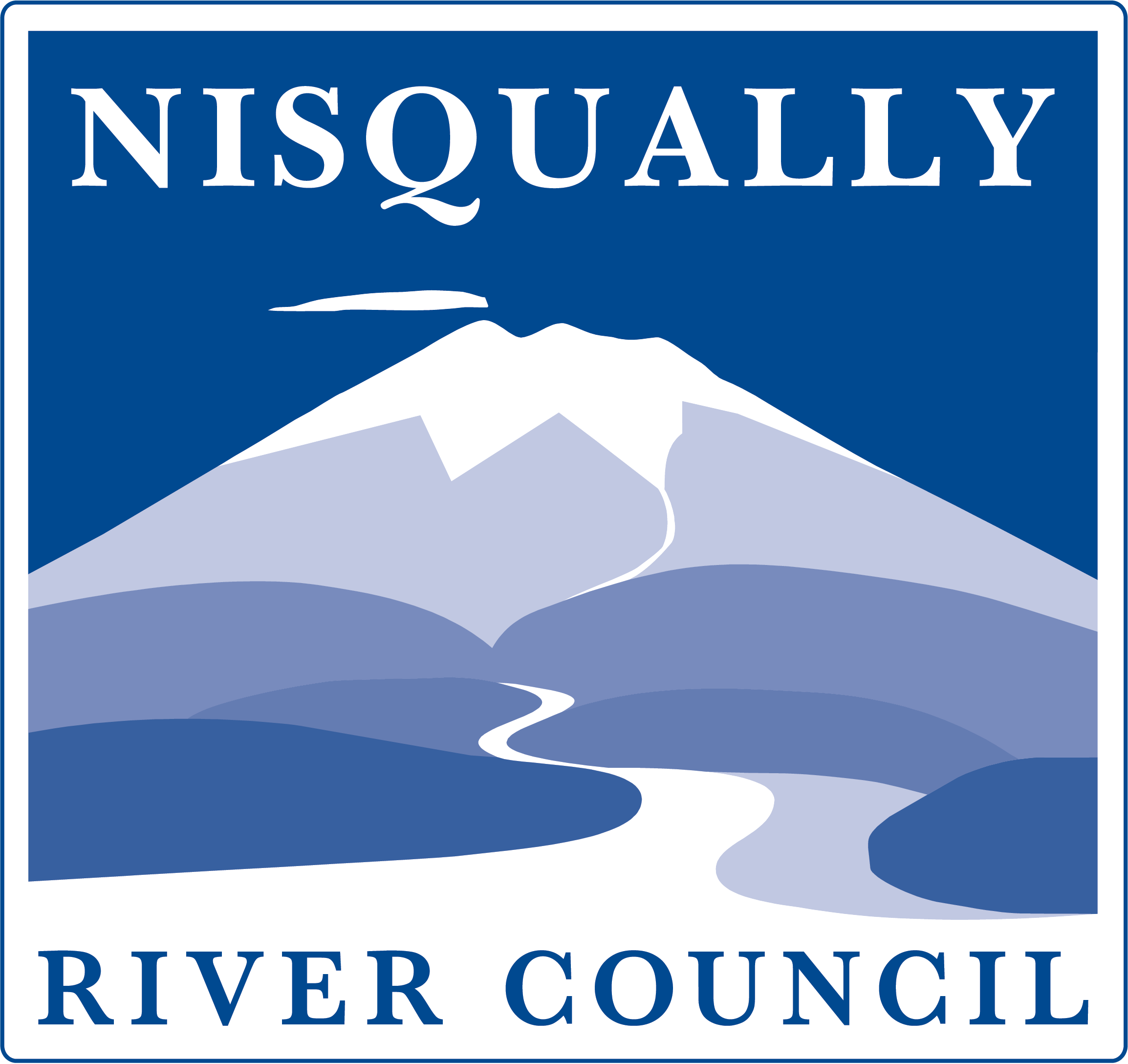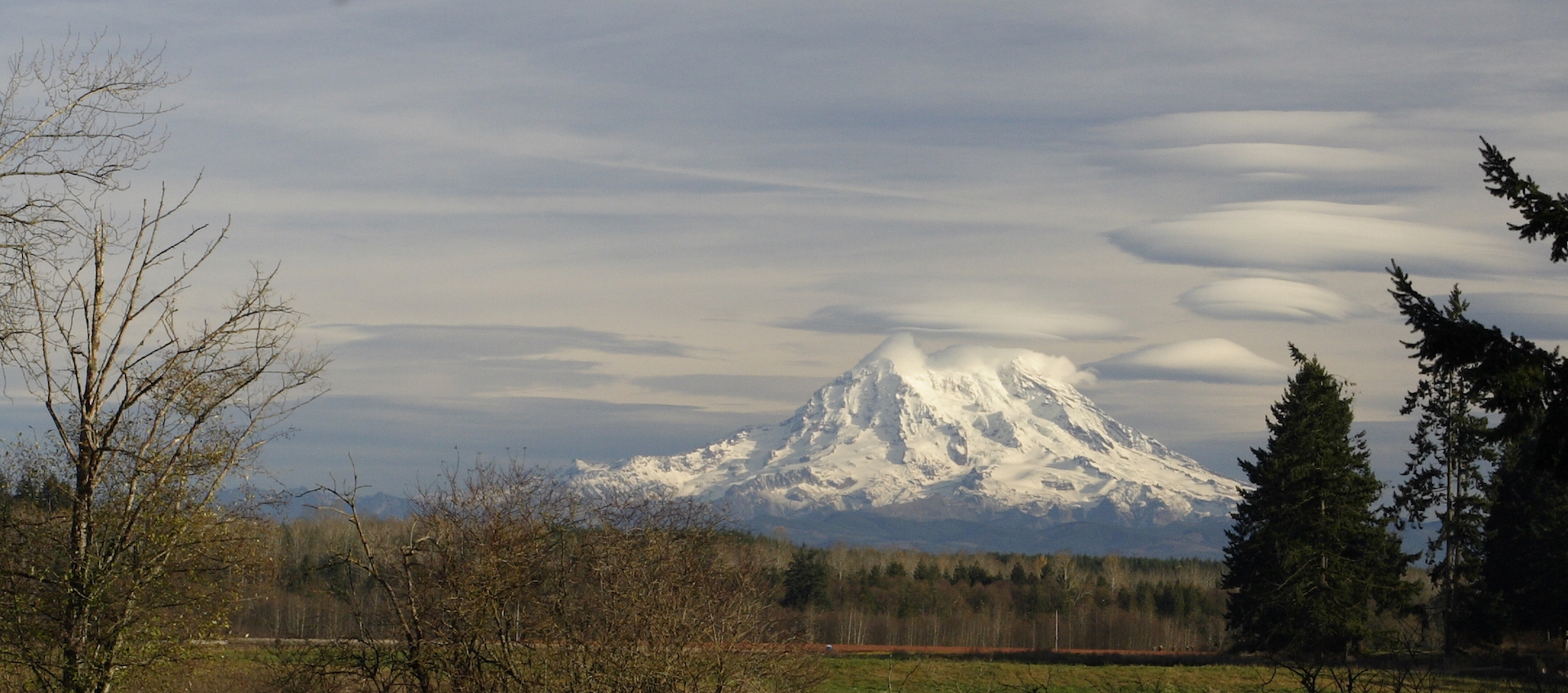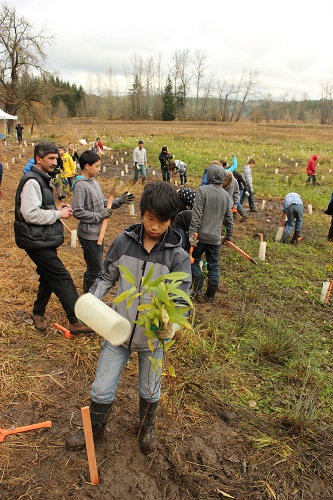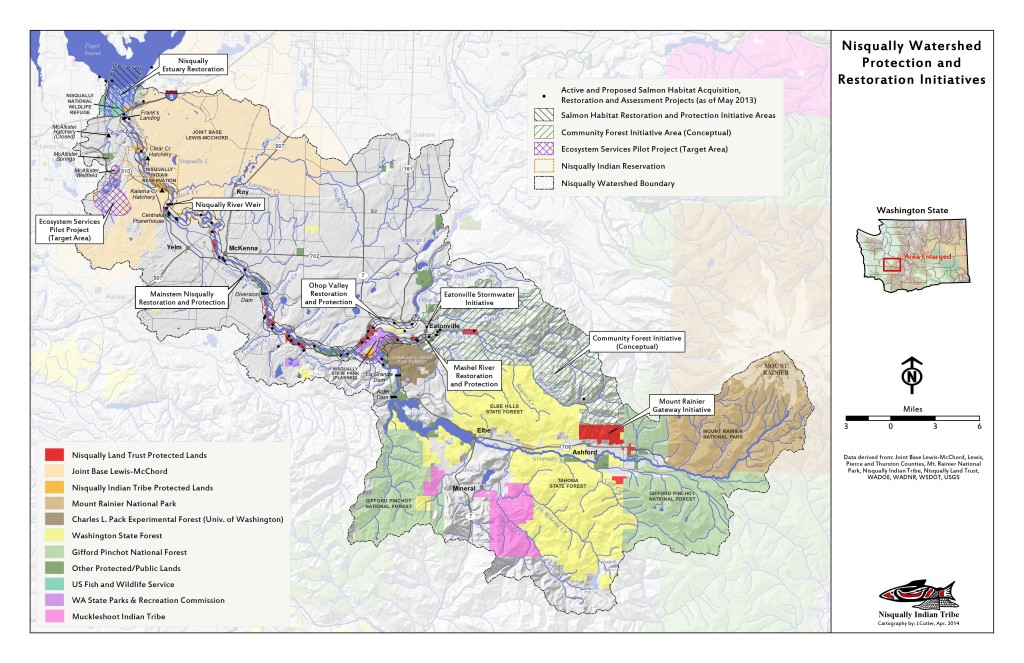
The Nisqually Watershed is relatively small compared to other river systems in western Washington. It covers less than 800 square miles; by comparison, the Puyallup watershed is over 1,000 square miles and the Columbia River Basin is about 260,000 square miles. Despite the Nisqually’s small size, it contains a huge variety of plant and animal species. The high biodiversity stems in part from the large amounts of protected land and the wide range of habitat types stretching from Mount Rainier to the Nisqually Delta.
One of the most biologically diverse areas in the watershed is the Nisqually Delta, which is protected by the Billy Frank Jr. Nisqually National Wildlife Refuge (BFJNNWR). This is where the freshwater of the Nisqually River mixes with the salty waters of Puget Sound. The estuarine waters are crucial for salmon species, and the protected lands are a major stopping point for migratory birds. In fact, the BFJNNWR was established to protect the delta’s diversity of fish and wildlife habitats.
Scientists track the number of birds and different types of bird species at the Refuge year round to understand migratory patterns and capture and changes in abundance. Each season brings a new wave of species and offers chances to view birds like bald eagles, songbirds, and waterfowl. To help track species, the Nisqually River Education Project (NREP) and Nisqually Stream Stewards (NSS), and Chehalis Basin Education Consortium (CBEC) partner with BFJNNWR to bring students and citizen scientists to the Refuge to gather biodiversity data.
At a recent training, NREP teachers observed 27 different bird species, totaling 1,277 individual birds. Similarly, NSS volunteers gathered data on 24 species and 287 individuals in fall 2015, including Canada geese, pied-billed grebes, and American kestrels. While the observations occurred different seasons of the year, the numbers of birds present is still impressive. It’s such a hot spot for migratory birds that birders of all levels flock to the Refuge to see what they can see.
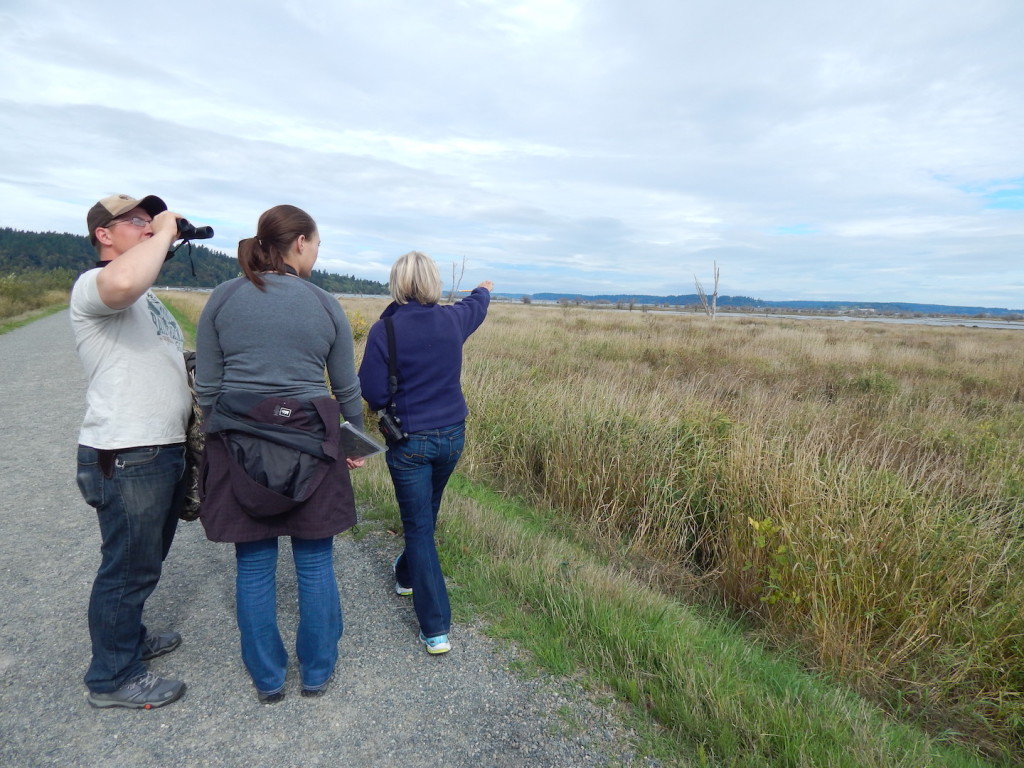
The data collected by students and adult volunteers is uploaded on eBird, an online database of bird observations around the world. Data like those submitted to eBird are an important tool for land managers, conservation biologists, and other science professionals, because it provides temporal and spatial data on birds. eBird is free to join and is tailored to both seasoned and novice birders.
NREP and its partners will continue to offer student trips to NNWR this year. In all, 12 field trips (a total of 24 classes) will be offered. These trips, called Eye on Nature, allow students the opportunity to learn about local bird populations and collect meaningful data.
The Eye on Nature trips offer an exciting volunteer opportunity to those who enjoy working in with small groups of students and collecting data at the same time. Volunteers do not have to have birding experience. Volunteer trainings will be held on March 17th. More details will be provided by RSVPing to Danika Didur-Tate (danika_didur-tate
About the Nisqually Watershed Stewardship Plan
The Nisqually River Council (NRC) is a non-regulatory education and advocacy organization that works to promote sustainability in the Nisqually Watershed. The NRC was formed in 1987 and has 24 active members, including a robust Citizens Advisory Committee. The NRC is guided by the Nisqually Watershed Stewardship Plan (NWSP) which provides a blueprint towards ecological, economic and social sustainability. The NWSP has 11 indicators that direct the actions of the NRC and associated non-profits. As a part of our 2016 blog feed, we will highlight each of the 11 indicators during the first week of each month. We hope you’ll read along and learn more about the Nisqually Watershed!
